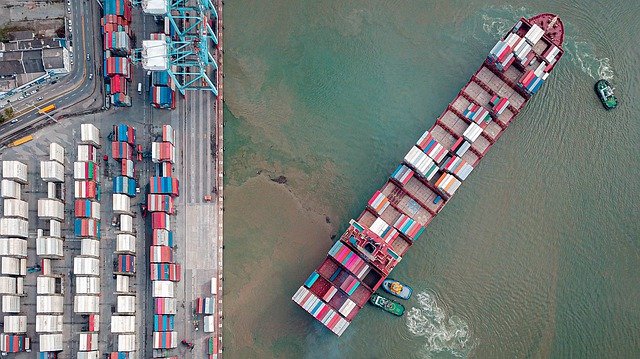
-
The Regional Comprehensive Economic Partnership tariff concessions may end up lowering exports for the Philippines due to trade diversion effects
-
According to a report by UNCTAD, Japan is seen to benefit the most from RCEP tariff concessions, largely because of trade diversion effects
-
The report noted the overall negative effects for some of the RCEP members do not imply they would have been better off by excluding themselves from the RCEP agreement, as trade diversion effects would have accrued notwithstanding
The Regional Comprehensive Economic Partnership (RCEP) tariff concessions may end up lowering exports for the Philippines due to trade diversion effects, according to a report by the United Nations Conference on Trade and Development (UNCTAD).
In its research report titled “A New Centre of Gravity” released on December 15, UNCTAD said that as in any other trade agreement, RCEP’s members are expected to gain to varying extents from the agreement.
RCEP tariff concessions may result in lower exports for Cambodia, Indonesia, Philippines, and Vietnam due to negative trade diversion effects as some exports of these economies are expected to be diverted to the advantage of other RCEP members because differences in the magnitude of tariff concessions.
For example, some imports of China from Vietnam will be replaced by imports from Japan because of the stronger tariff liberalization between China and Japan.
The report said tariff concessions are expected to produce higher trade effects for the largest economies of the bloc, not because of negotiations asymmetries, but largely due to already low tariffs between many of the other RCEP members.
Japan is seen to benefit the most from RCEP tariff concessions, largely because of trade diversion effects. The country’s exports are expected to rise by about US$20 billion, an increase equivalent to about 5.5% relative to its exports to RCEP members in 2019.
The report also finds substantial positive effects for the exports of most other economies, including Australia, China, South Korea, and New Zealand.
The research noted, however, that “the overall negative effects for some of the RCEP members do not imply that they would have been better off by excluding themselves from the RCEP agreement, as trade diversion effects would have accrued notwithstanding.”
It further explains: “Even without considering the other benefits of the RCEP agreement besides tariff concessions, the trade creation effects associated with participation in RCEP softens the negative trade diversion effects. For example, Thailand’s trade creation effects completely compensate the negative trade diversion effects.”
Overall, the report finds that the entire region will benefit from RCEP’s tariff concessions, with most of these gains resulting from trade diverted away from non-members.
“As the process of integration of RCEP members goes further, these diversion effects could be magnified, a factor that should not be underestimated by non-RCEP members,” the report said.
Signed in November 2020 and set to enter into force on January 1, 2022, RCEP will create the world’s largest trading bloc by economic size, covering a market of 2.2 billion people with a combined size of US$26.2 trillion or 30% of the world’s gross domestic product.
The bloc comprises 15 East Asian and Pacific nations, namely, Australia, Brunei Darussalam, Cambodia, China, Indonesia, Japan, South Korea, Laos, Malaysia, Myanmar, New Zealand, the Philippines, Singapore, Thailand and Vietnam.
The agreement encompasses several areas of cooperation and aims to achieve trade liberalization by eliminating 90% of tariffs within the bloc.
While many tariffs will be abolished immediately, others will be reduced gradually during a 20-year period.
The tariffs that remain in force will be mainly limited to specific products in strategic sectors, such as agriculture and the automotive industry, in which many of the RCEP members have opted out from trade liberalization commitments.
Trade between the bloc’s 15 economies was already worth about $2.3 trillion in 2019, and UNCTAD’s analysis shows the agreement’s tariff concessions could further boost exports within the newly formed alliance by nearly 2%, or approximately $42 billion.
This would result from trade creation as lower tariffs would stimulate trade between members by nearly $17 billion, and trade diversion as lower tariffs within the RCEP would redirect trade valued at nearly $25 billion away from non-members to members.
Currently, 11 member economies have already ratified the agreement while Indonesia, Malaysia, Myanmar, and the Philippines have yet to ratify it.




